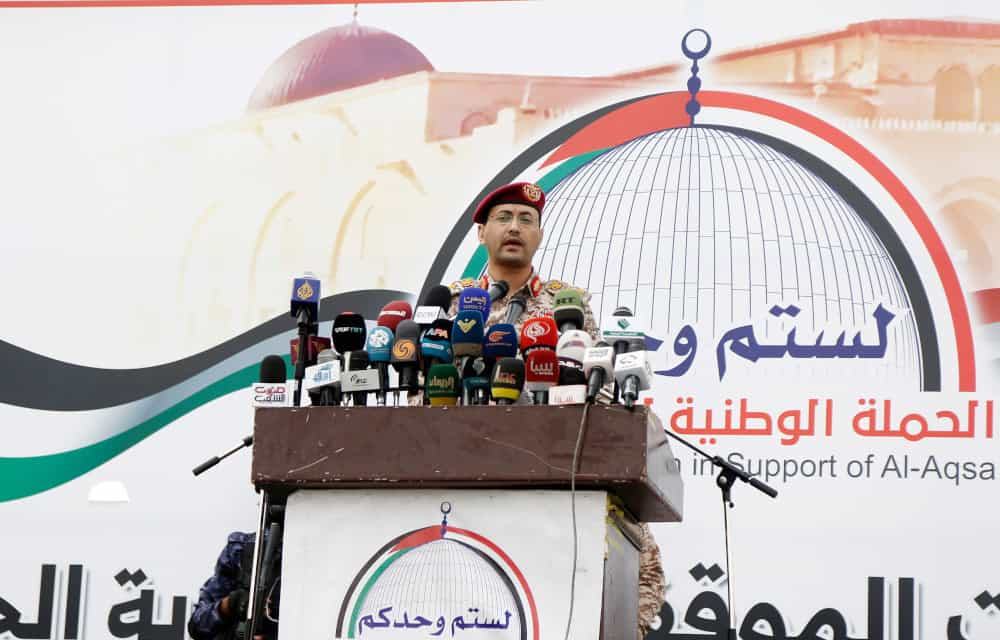
Houthi drone is responsible for deadly attack on Tel Aviv
Houthis in Yemen claimed responsibility for launching a long-range UAV that killed one person and injured at least 10 others in Tel Aviv on Friday morning.

Houthis in Yemen claimed responsibility for launching a long-range UAV that killed one person and injured at least 10 others in Tel Aviv on Friday morning.
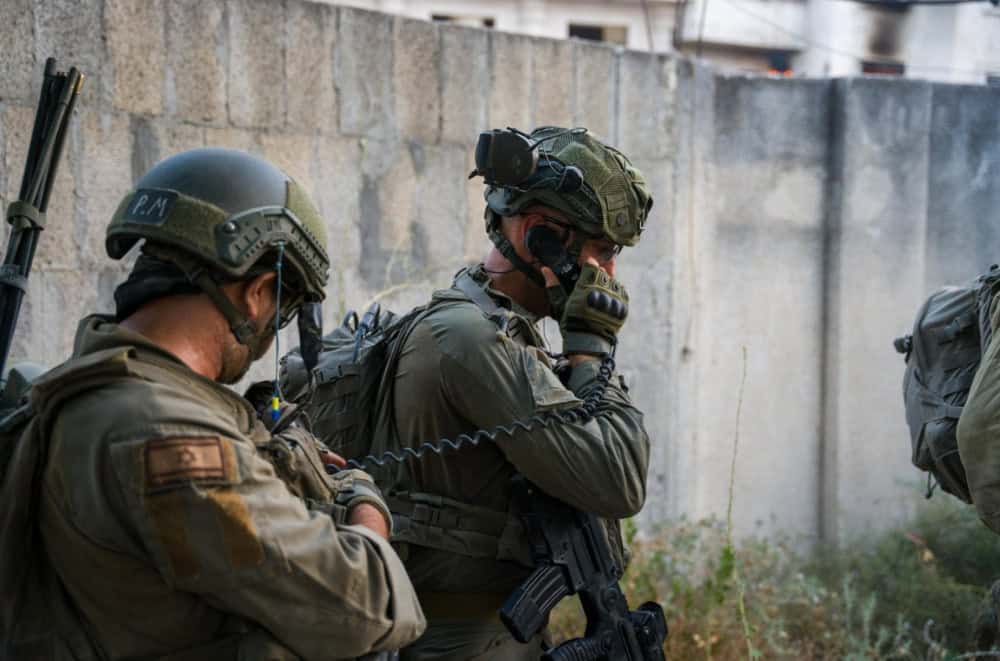
The Israel Defense Forces (IDF) carried out precision airstrikes on several Hamas members in Gaza and targets in Lebanon. Israeli forces also eliminated a Hezbollah member in a Lebanon strike, part of a growing pattern of targeting individual terrorists. In addition, the IDF said an RPG attack in Gaza wounded a soldier.

Israel’s Minister of Defense recently held important talks with US Secretary of Defense Lloyd Austin, CENTCOM head General Michael Kurilla, and White House Coordinator for the Middle East and North Africa Brett McGurk. Gallant spelled out Israel’s current strategy in Gaza and discussed threats from Iran and Hezbollah.
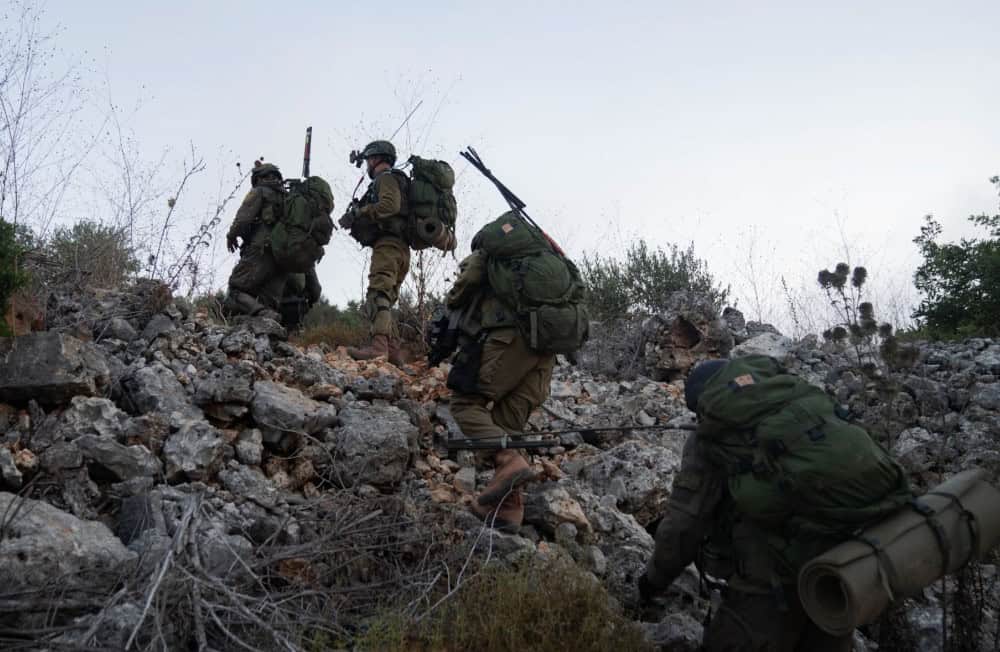
Hezbollah escalated attacks on Israel on July 13, followed by somewhat reducing attacks over the next two days. The IDF responded with a series of precision airstrikes on terrorist infrastructure in Tebnit, Rab El Thalathine, Ayta ash Shab, Odaisseh, Kfarkela, and Houla in southern Lebanon. In addition, two IDF units conducted training in northern Israel in case of further escalation.

The Israel Defense Forces targeted Hamas armed forces commander Mohammed Dief and Hamas Khan Younis Brigade commander Rafa’a Salameh on July 13. On July 14, the IDF assessed that Salameh was killed in the strike and continued attempting to determine the fate of Deif.

An Israeli airstrike on July 13 targeted Hamas military leader Mohammed Diab Ibrahim al-Masri, aka Muhammed Deif, and Khan Yunis Brigade commander Rafa’a Salameh. The pair were targeted above ground in an area between al-Massawi and Khan Younis in southern Gaza.

Israeli forces launched a new offensive in Gaza City. The IDF’s 99th Division targeted terrorists, operatives, and weapons in several neighborhoods after calling on civilians to evacuate toward the south. In addition, Israeli forces continued to operate in Shejaiya, uncovering weapons and munitions.
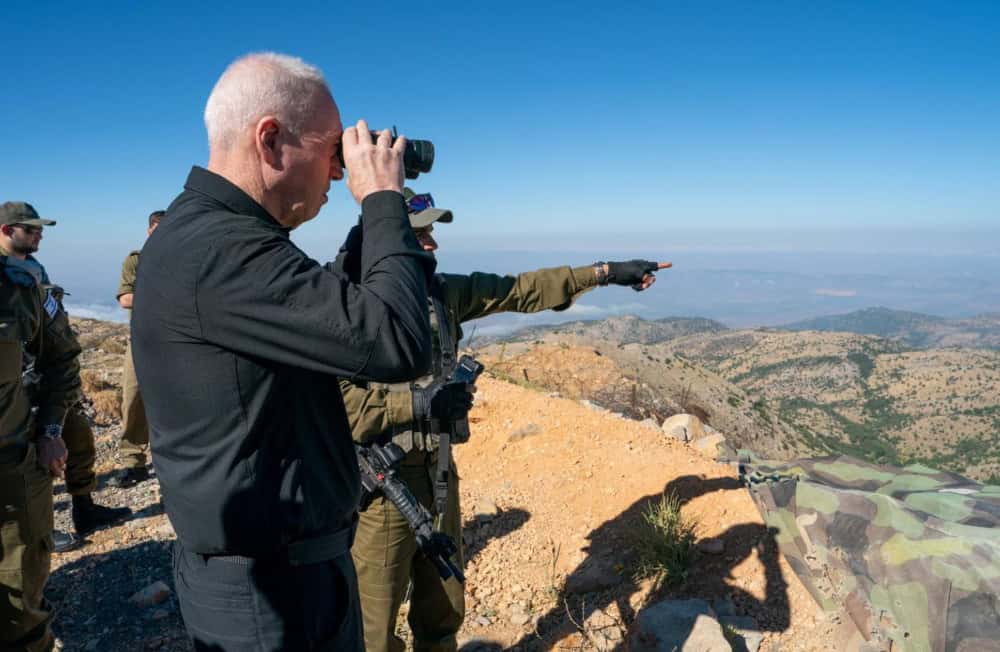
Hezbollah launched several barrages of rockets and anti-tank missiles at Israel on July 7. The attacks injured several people, including an IDF soldier, an Israeli civilian farmer, and a US citizen. Israel’s Minister of Defense visited Mount Hermon in the Golan Heights and said Hezbollah has lost 15 senior commanders, including three division commanders, in fighting over the last nine months.

Hezbollah increased its attacks on northern Israel with barrages on June 27 and June 28. It also carried out a series of drone attacks on June 30, injuring 18 IDF soldiers, one of them severely. The IDF responded to the attacks with a series of airstrikes on half a dozen locations in southern Lebanon.

The Israel Defense Forces launched a new offensive into the northern Gaza neighborhood of Shejaiya, an area the IDF previously cleared of Hamas terrorists in December 2023 during the first ground maneuvers of the campaign. This raid and similar ones aim to defeat returning Hamas terrorists and find Israeli hostages.

Israel-Hezbollah tensions increased on June 18 and June 19. Hezbollah released drone footage showing sites in northern Israel, and the group’s leader, Hassan Nasrallah, threatened Cyprus and warned it against letting the IDF use its bases. IDF Chief of Staff Lieutenant General Herzi HaLevi and Israeli Defense Minister Yoav Gallant held discussions with Israel’s Northern Command to discuss the situation.
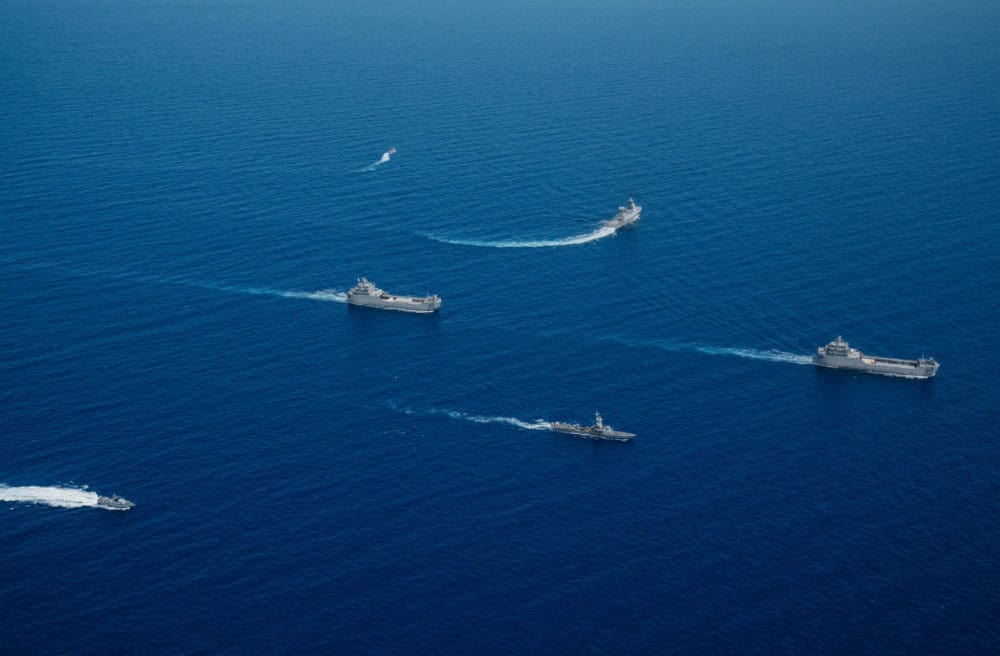
The Israeli Navy took delivery of the INS Komemiyut, a new logistics support vessel (LSV), on June 16, the second of these new landing craft in the past year. The vessels are capable of transporting troops and large vehicles, expanding Israel’s operational range and joint-operations capability.

Palestinian terrorist groups fighting in Lebanon continue to lose fighters to Israeli strikes as Islamic Jihad claims the death of a member on Saturday.
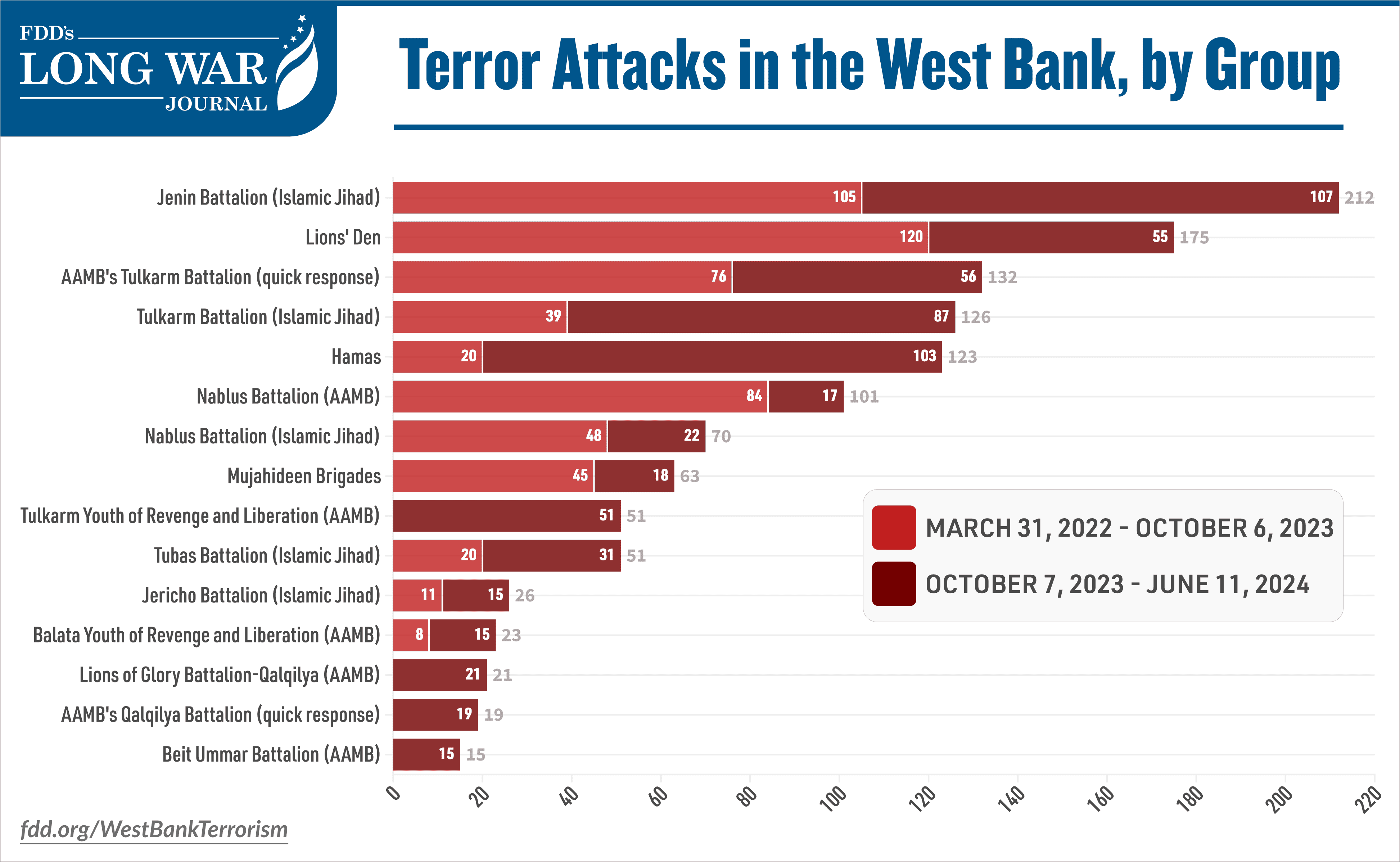
Three years into the uptick of violence in the West Bank, Palestinian terrorist groups continue to operate against Israeli targets and are growing more sophisticated.

Hezbollah launched more than 215 rockets at Israel from Lebanon on June 12, its largest escalation of the war. The attacks came in the wake of Israel eliminating senior Hezbollah commander Taleb Sami Abdullah on June 11. The terrorist group also targeted areas along the Sea of Galilee in some of the deepest attacks it’s carried out since October 2023. In Gaza, the IDF’s 98th Division completed operations in central Gaza, and the IDF continues to operate in Rafah.
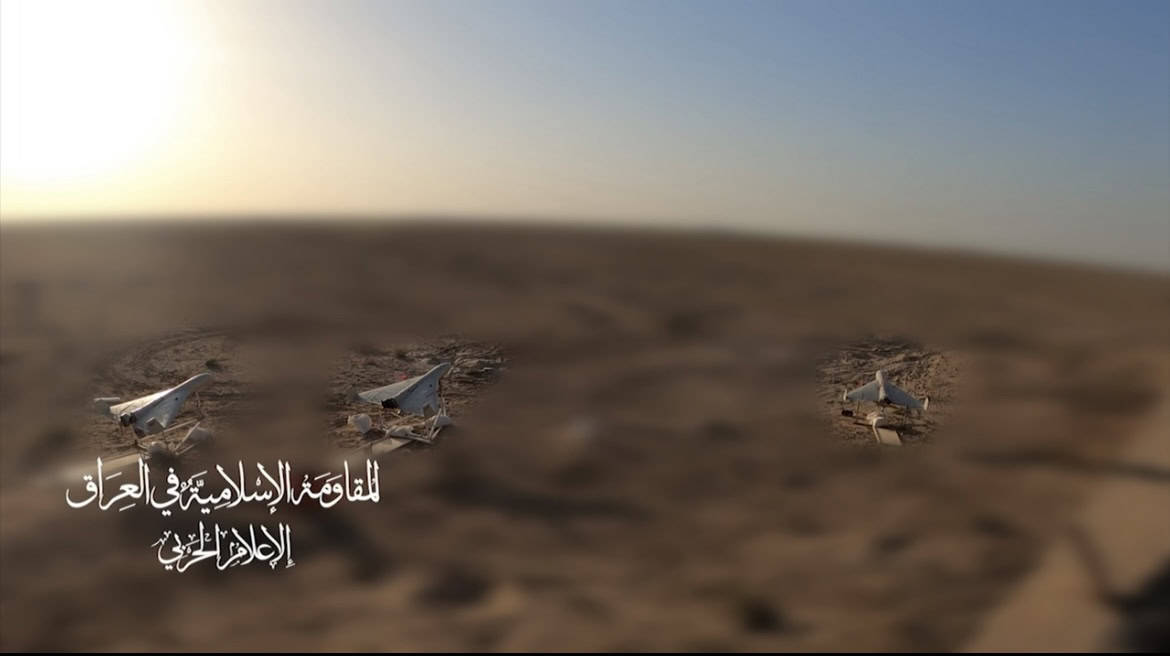
Over the past month, there has been an increase in attacks from Iraq against Israel by the Islamic Resistance in Iraq, consisting of multiple Iran-backed militias, amid claims of targeting significant Israeli locations and an escalation marked by advanced weaponry use, despite many claims lacking independent confirmation.
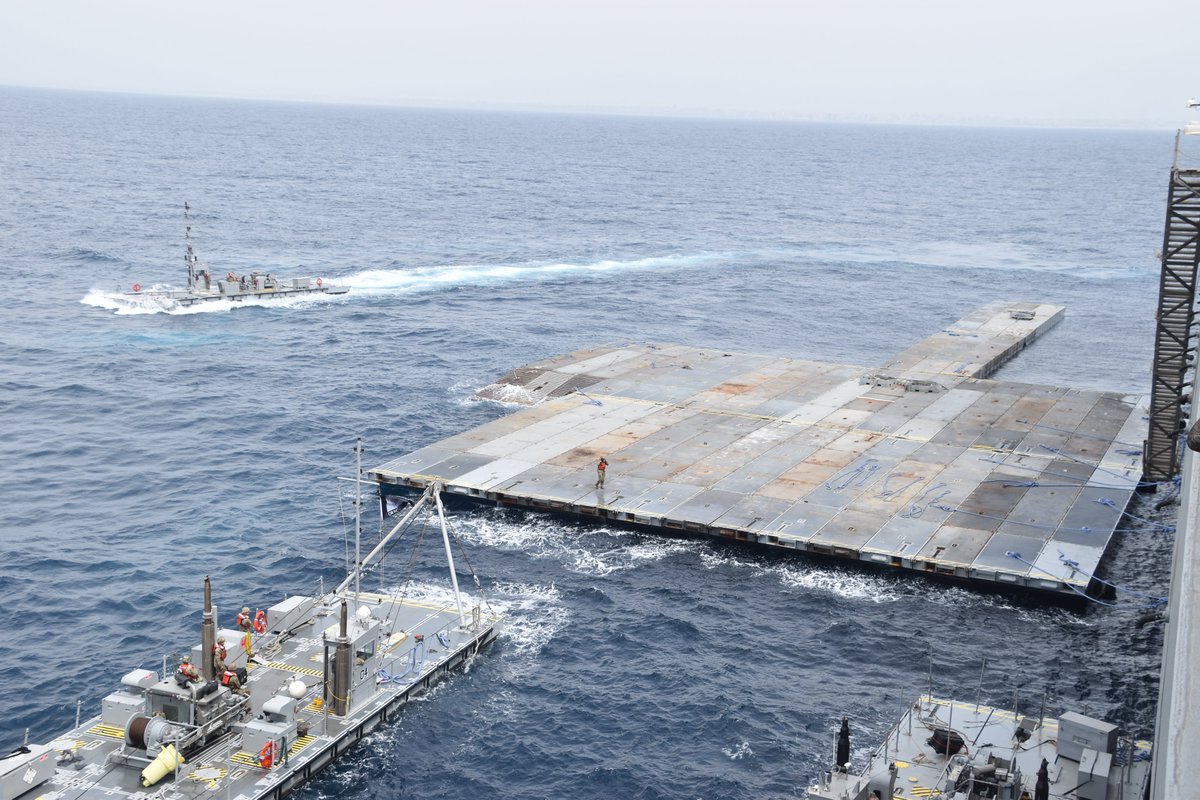
The Popular Resistance Committees, published a statement threatening to attack British troops and other forces, if they delivered aid to Gaza.
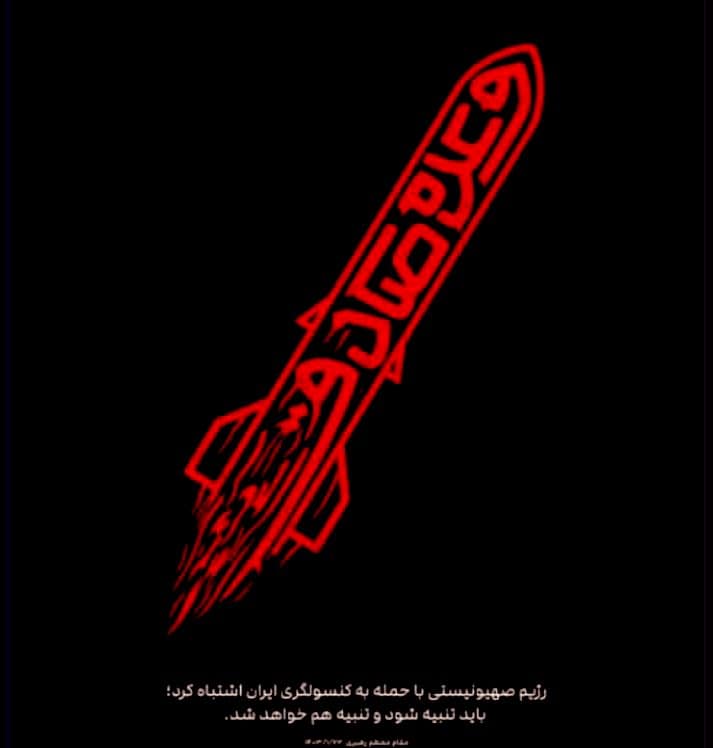
The Islamic Republic’s disorganized messaging on Israel tensions reflects its fear of public backlash, revealing internal coordination gaps and anxiety over criticism
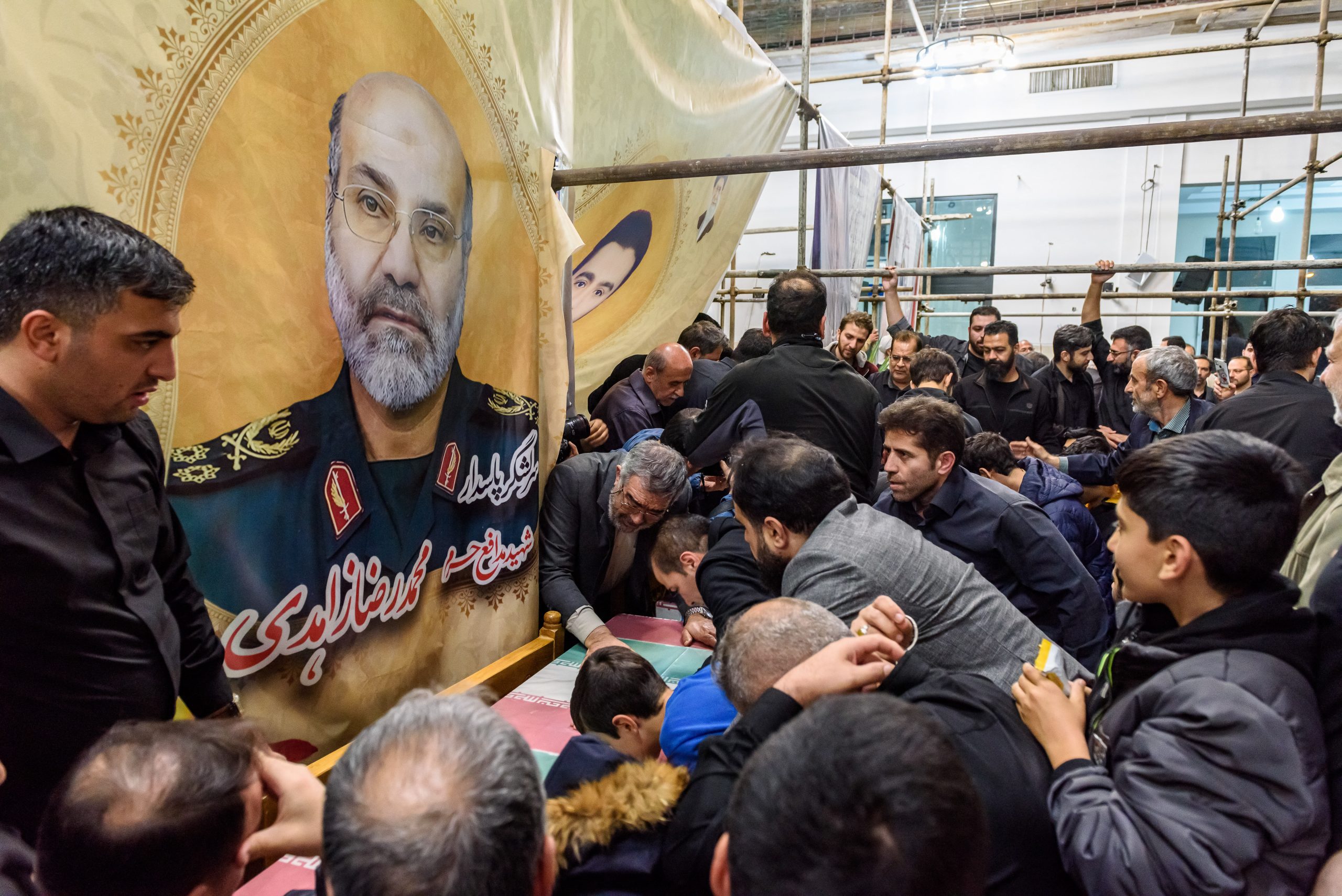
Israel killed a senior IRGC officer in Syria. Iran, and possibly Hezbollah will avenge him – but without undermining their broader objective of rescuing Hamas and its partners in Gaza.
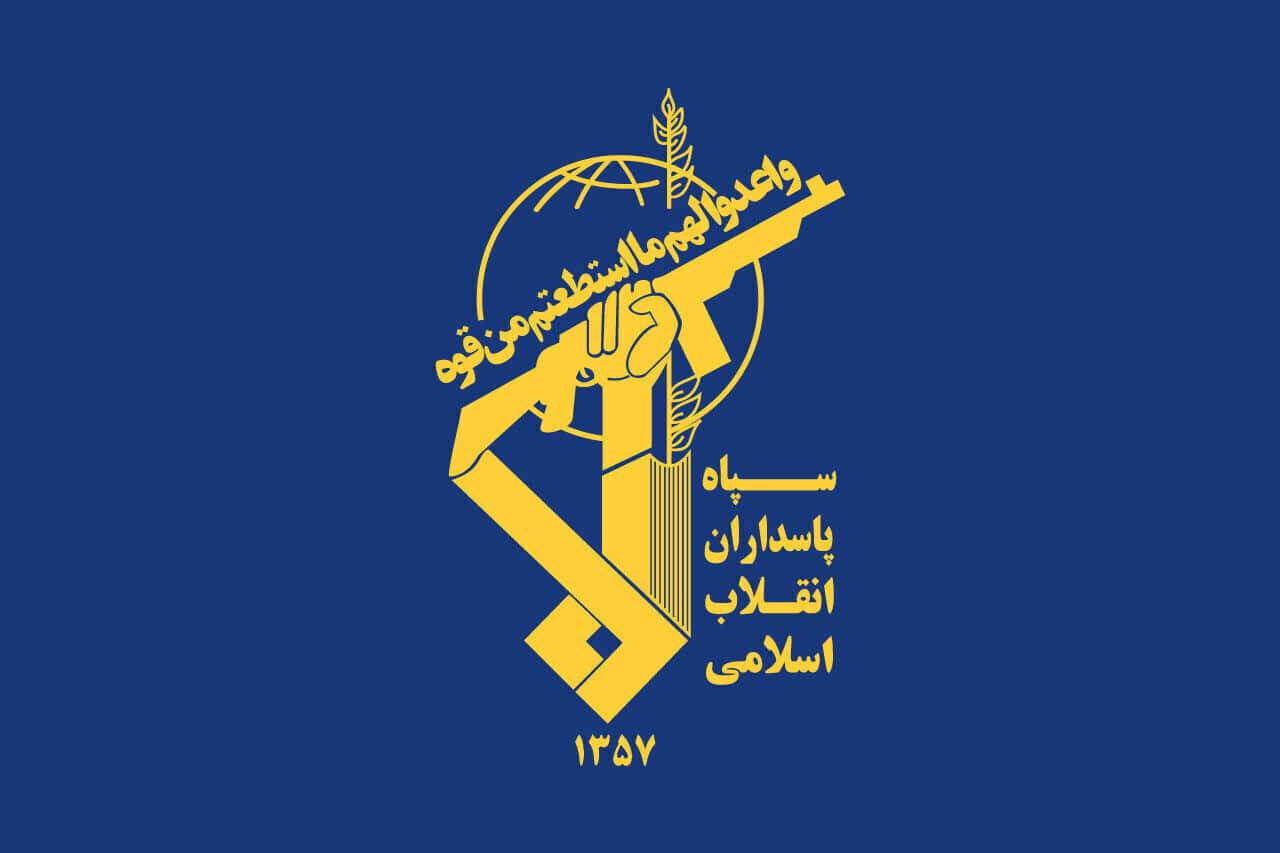
Iran acknowledged the deaths of senior IRGC officers in a significant airstrike against its forces in the Syrian capital.
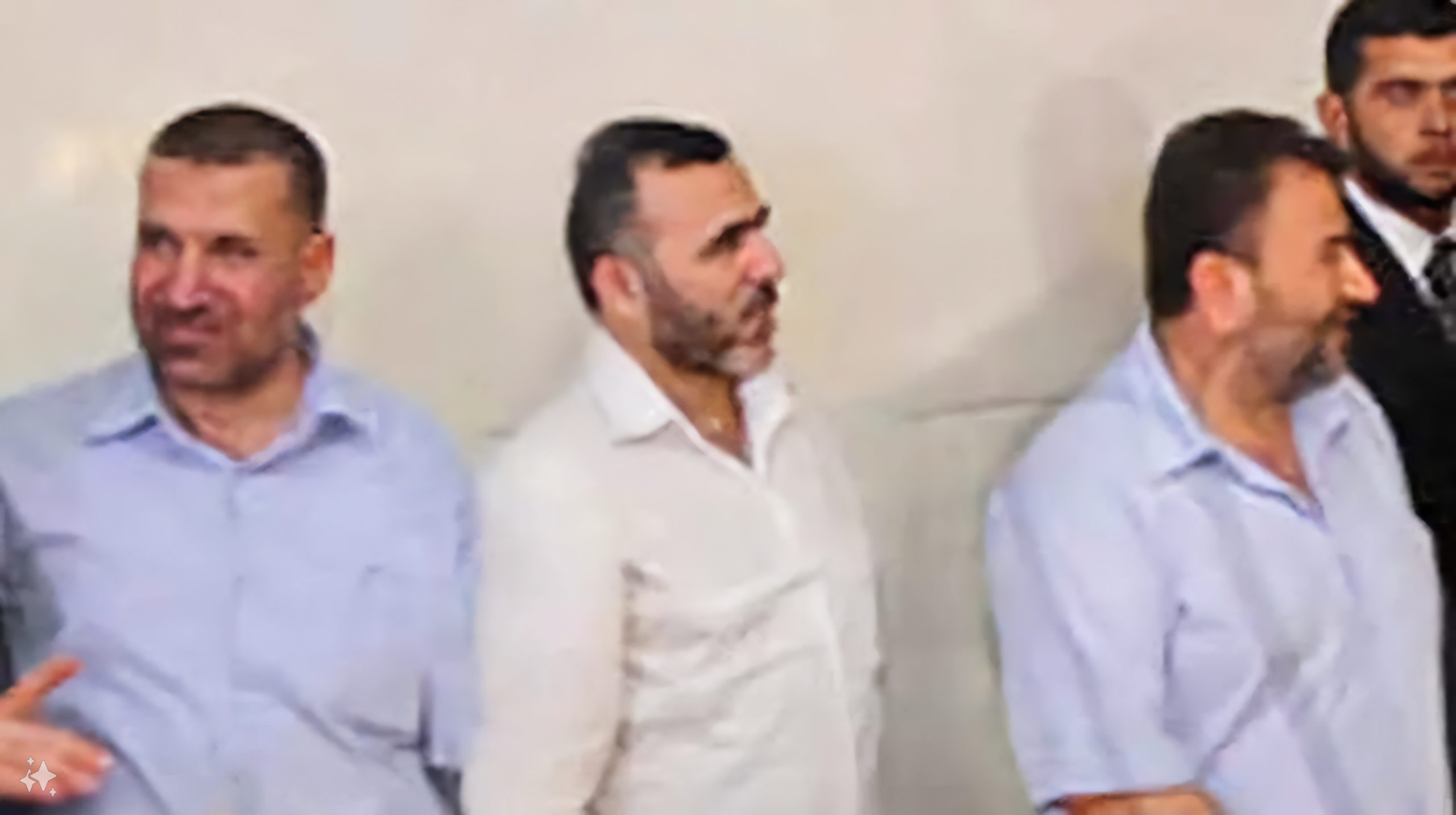
The White House confirmed on Monday that Israel successfully targeted and eliminated senior Hamas figure Marwan Issa.
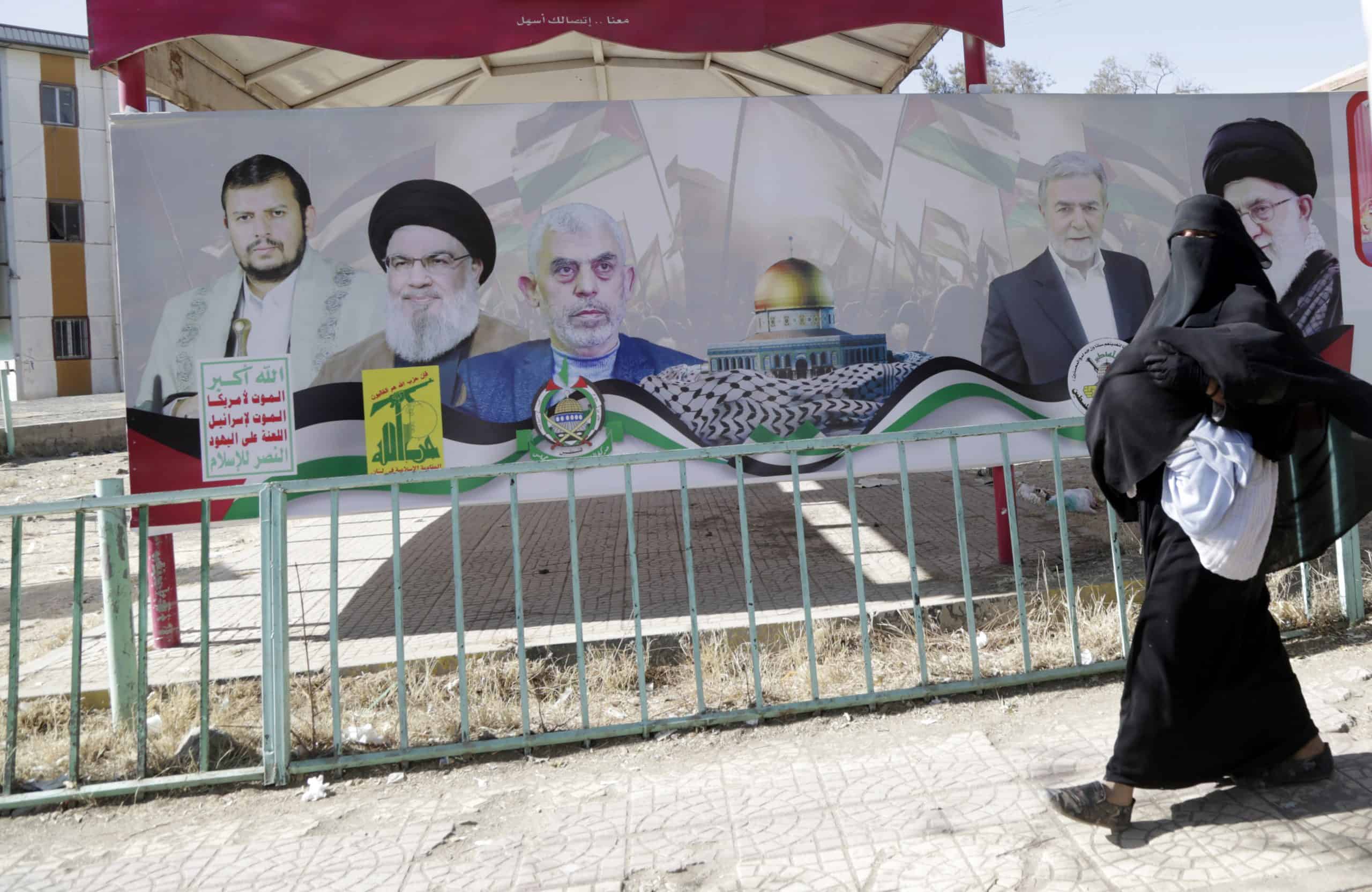
Evidence has emerged demonstrating that foreign fighters are operating in Lebanon against Israel.

Bill and Joe discuss the latest updates from Israel’s defensive war in Gaza, including a potentially dwindling supply of ammunition for Hamas and its subsequent cooperation with other Palestinian terror groups; Egypt “fortifying” its border (but only above-ground and only because they want to keep Gazans out); whether Yahya Sinwar is still hiding out in a tunnel somewhere under Khan Younis (“with pneumonia”); the possibility and consequences of a ceasefire during Ramadan; and why Israel is indeed “winning” but will only win if it to continues its ground operation in Gaza, including in Rafah.
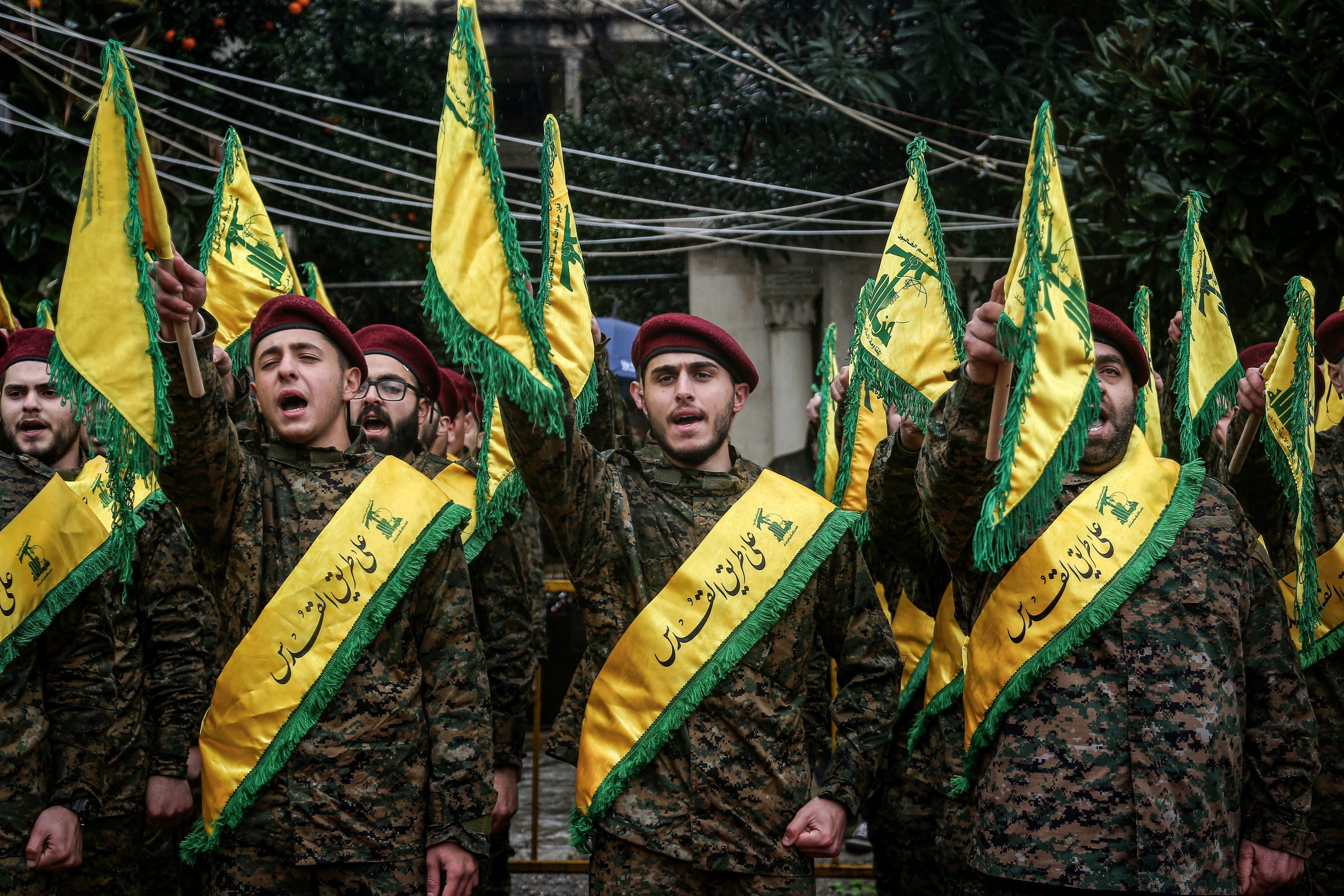
“Hezbollah has spent nearly two decades amassing a massive arsenal of short-range projectiles. Israel’s defensive systems are insufficient to contend with this threat, and the mobility of this portion of Hezbollah’s arsenal will likewise render Israeli standoff firepower ineffective against it — leaving Israel with no option but to launch an overwhelming, massive, and immediate ground invasion”
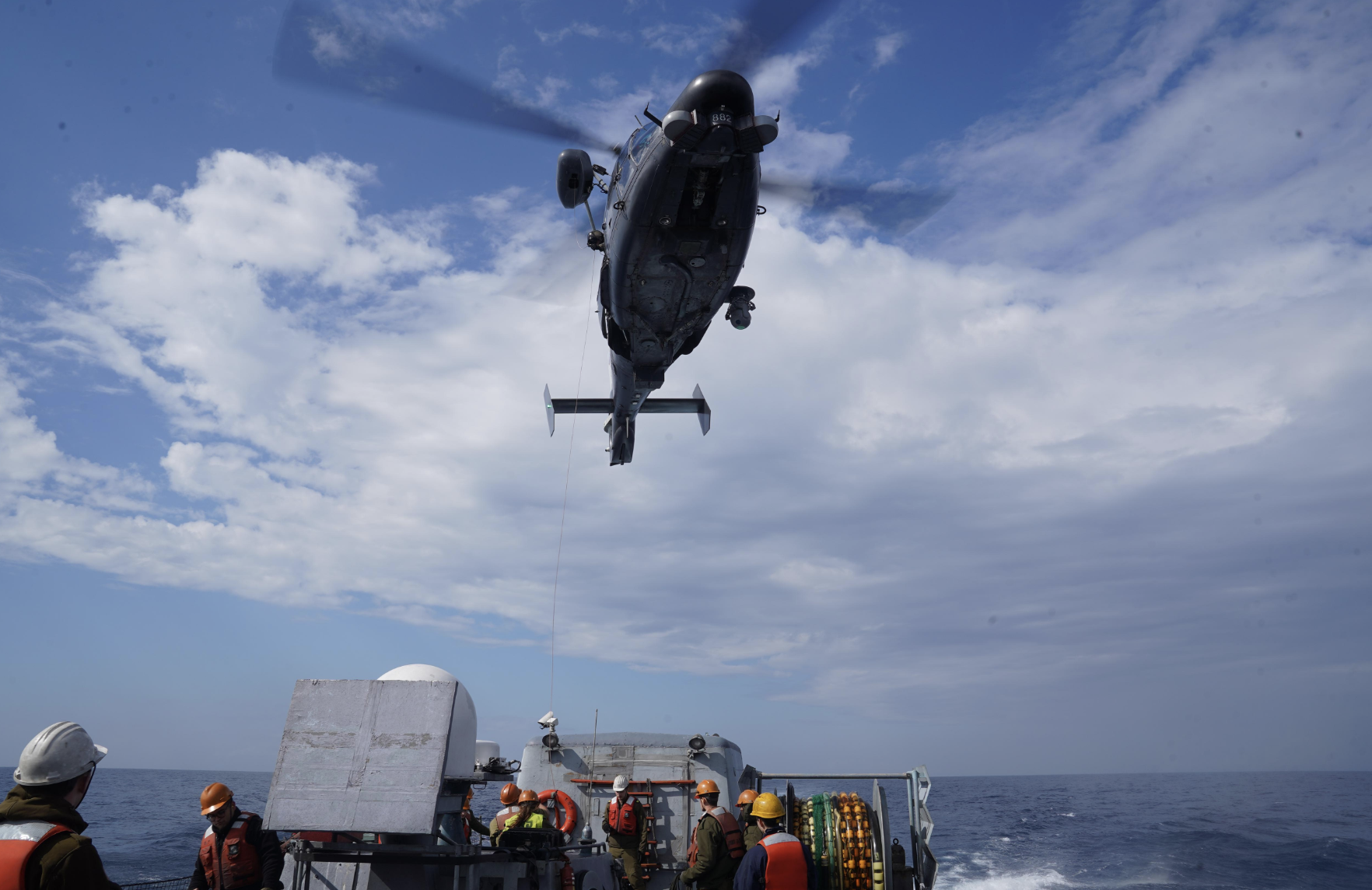
Israel’s navy conducted a drill aimed toward “readiness in the northern arena” as threats from Hezbollah continue. The navy practiced countering drone threats and refueling at sea. Israeli aircraft struck Hezbollah terrorist infrastructure in Lebanon and Israel’s Arrow air defense system intercepted a ballistic missile fired by the Houthis in Yemen on February 22.
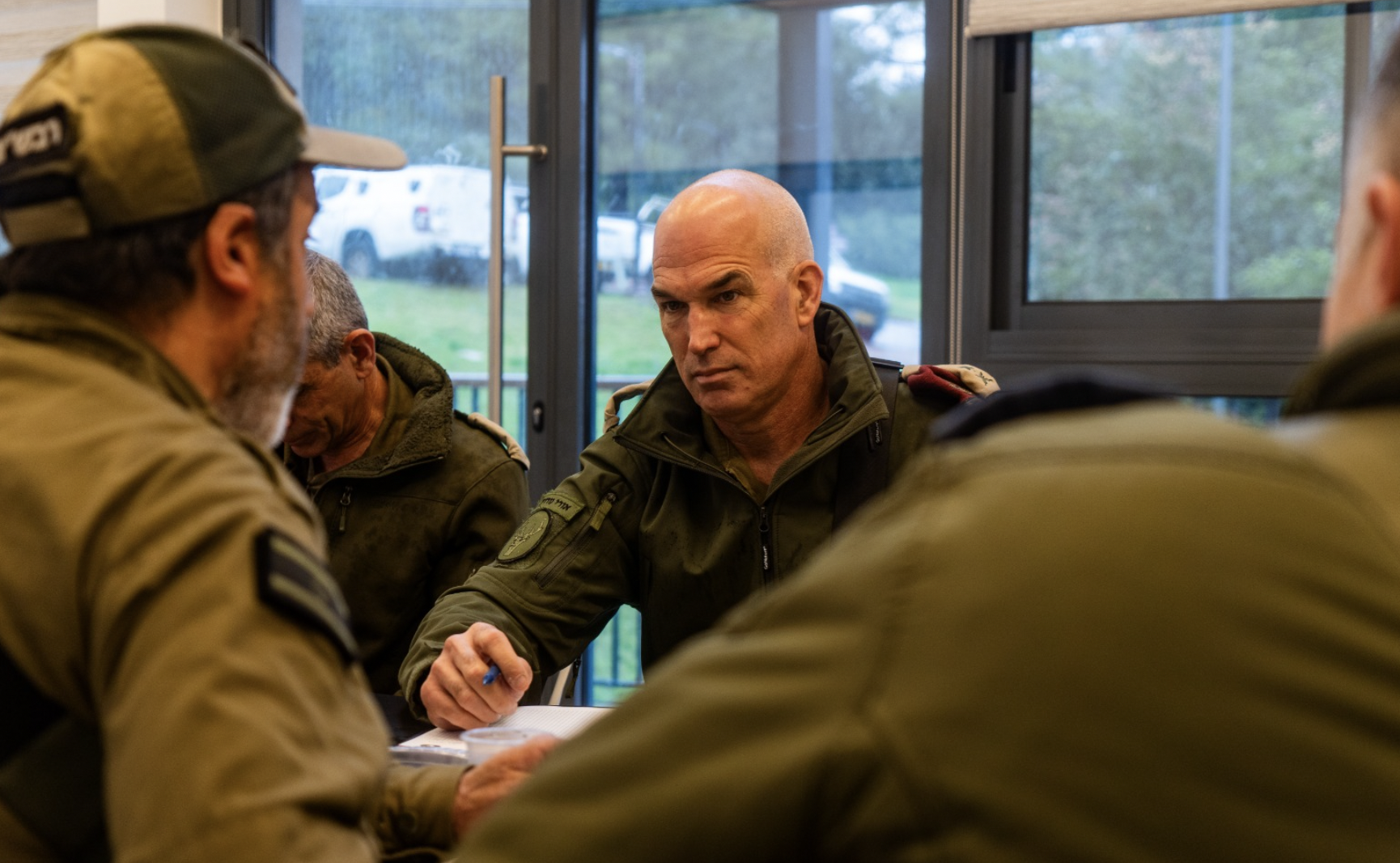
Hezbollah carried out multiple rocket, drone and ATGM attacks on Israel between February 19 and 21. New reports revealed Hezbollah concerns about Hamas operations in Gaza as well as insights into Hezbollah’s decision to not launch a larger war in early October.
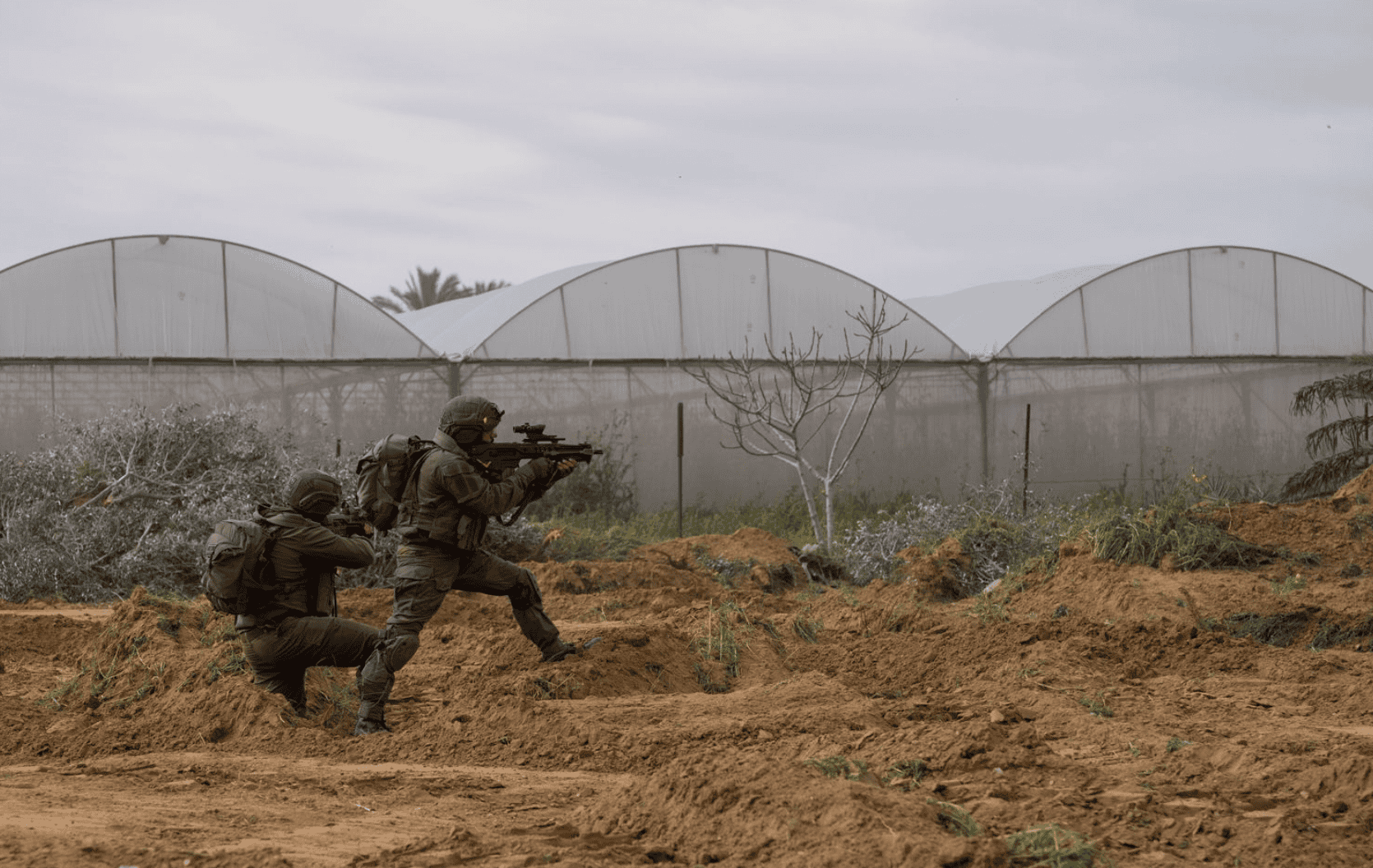
The Israel Defense Forces continue to redeploy reserve units from Gaza after months of war, with several reserve brigades having been withdrawn in the last two weeks. With fighting in Gaza reduced, these reservists are able to return home. In Gaza, the IDF has increased its ability to respond to rocket fire and eliminate perpetrators of rocket launches and other types of attacks.
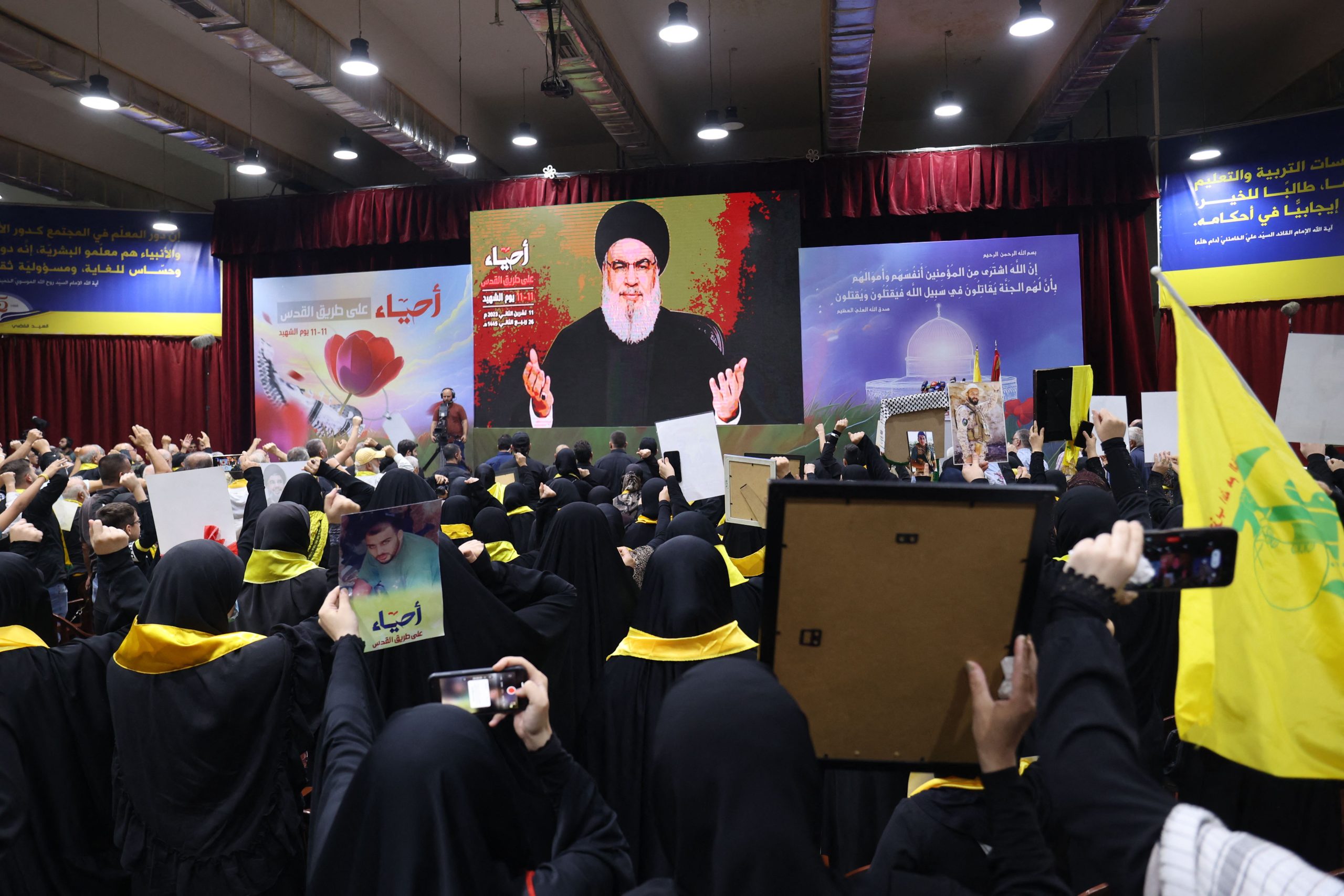
In the final part of its narrative strategy, Hezbollah sets demands for the international community, but which are designed to advance Hezbollah’s goal of gradually and slowly achieving Israel’s destruction.
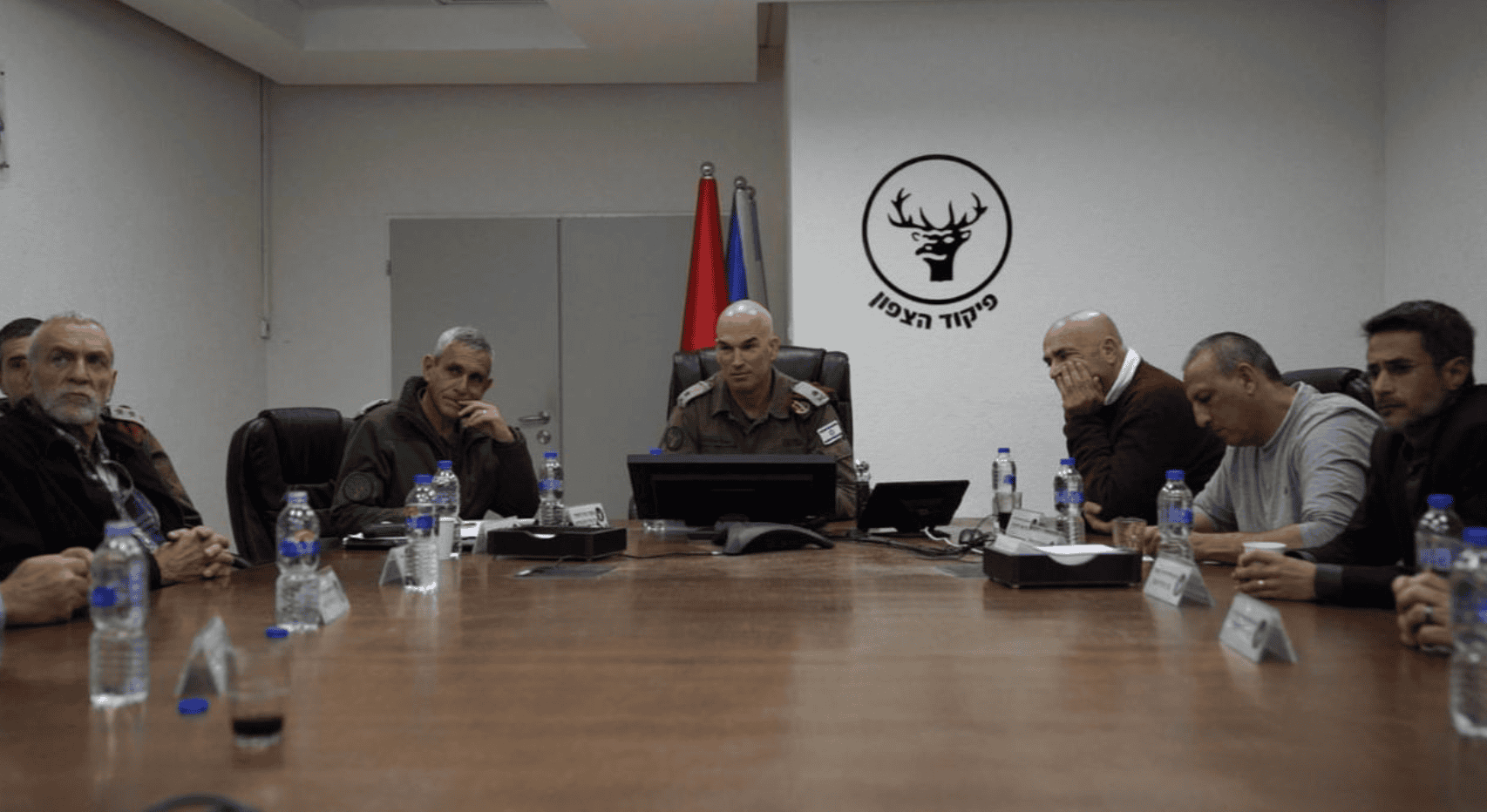
Hezbollah launched two barrages of rockets at Israel on February 9. The head of Israel’s air force told an Israel Defense Forces conference that “Hezbollah will continue to pay with the loss of its systems. Dozens of aircraft are now operating in the skies of southern Lebanon.” Israel carried out retaliatory strikes against Hezbollah on February 9
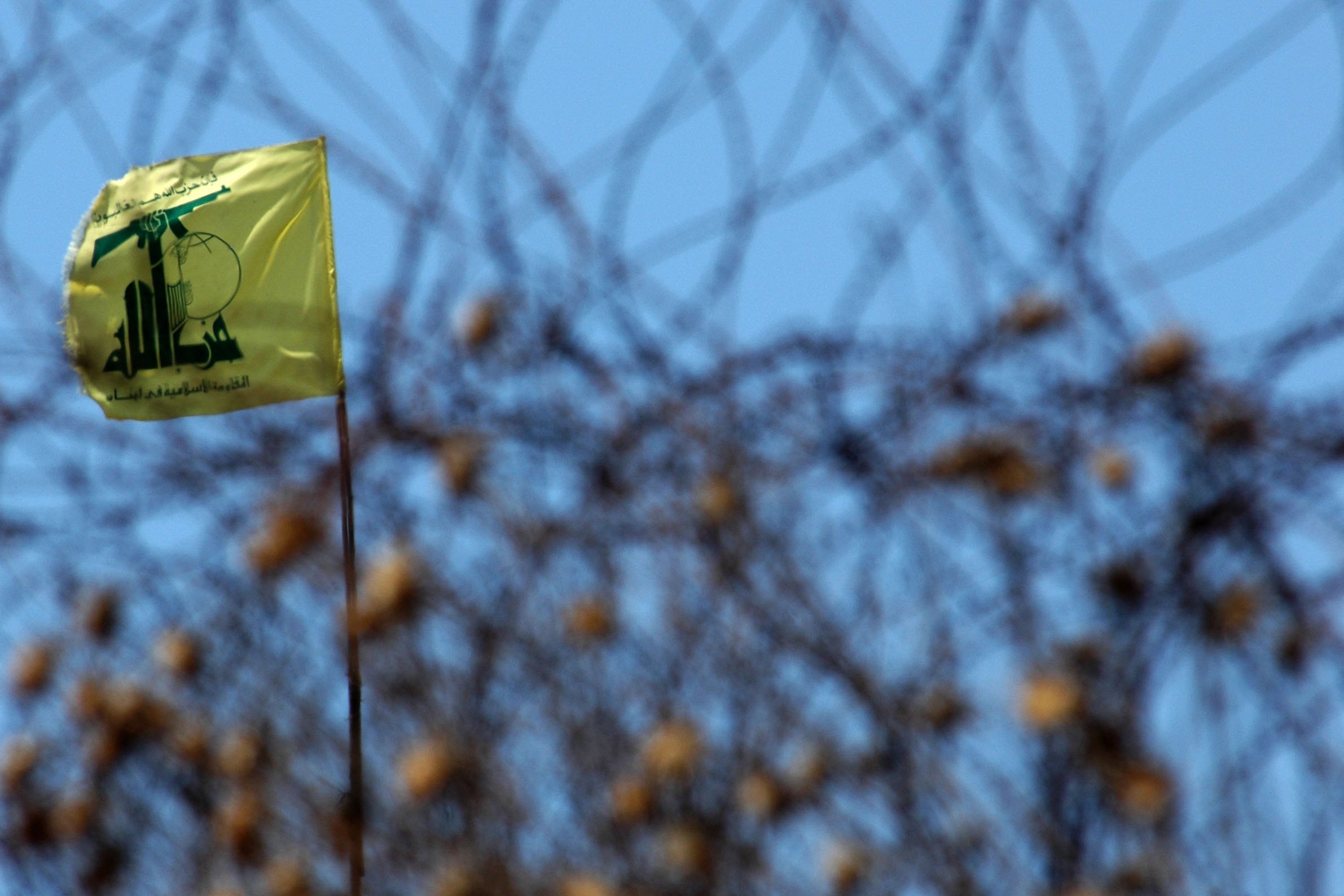
Israel targeted two high-ranking Hezbollah commanders in an airstrike in Nabatieh. While the details and outcome remain uncertain, the location of the strike and nature of the targets suggest Israel’s patience is wearing thing with Hezbollah’s ongoing attacks.